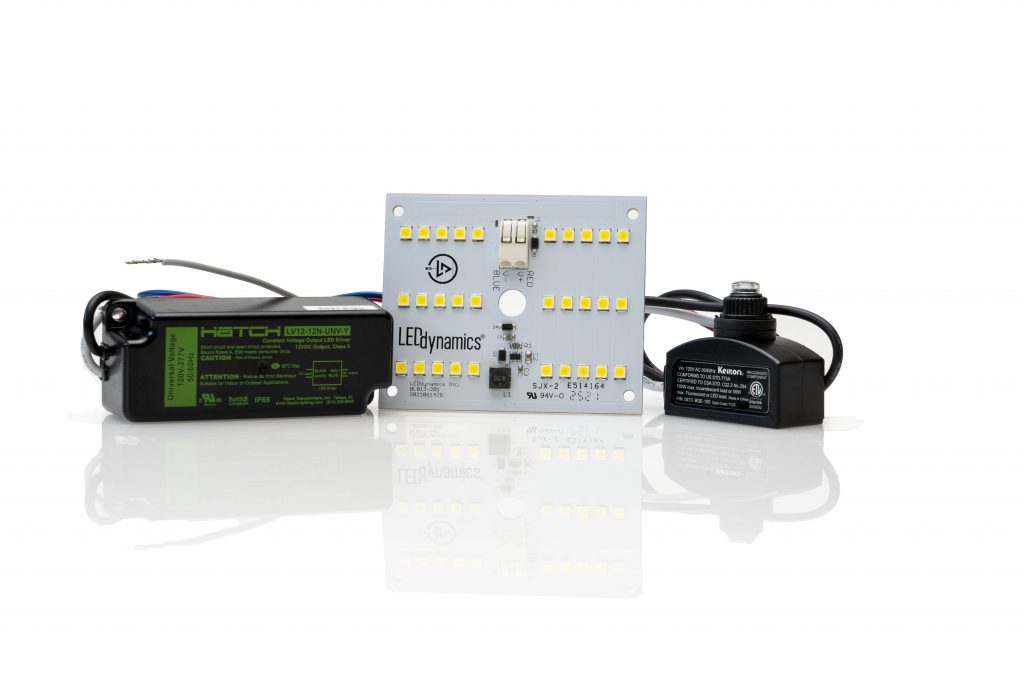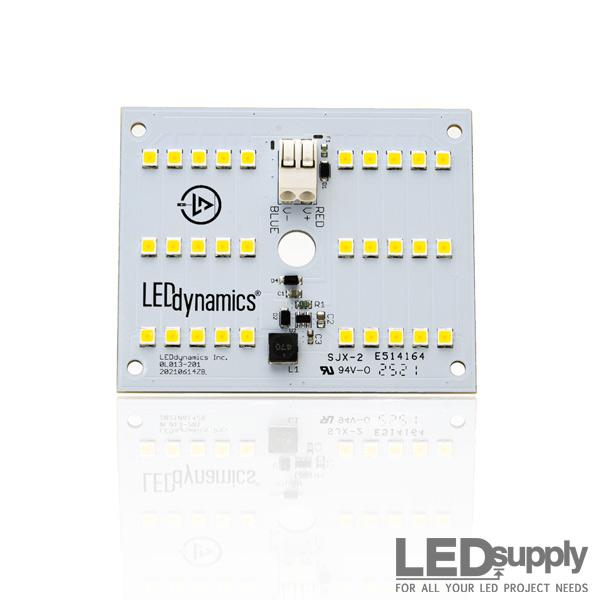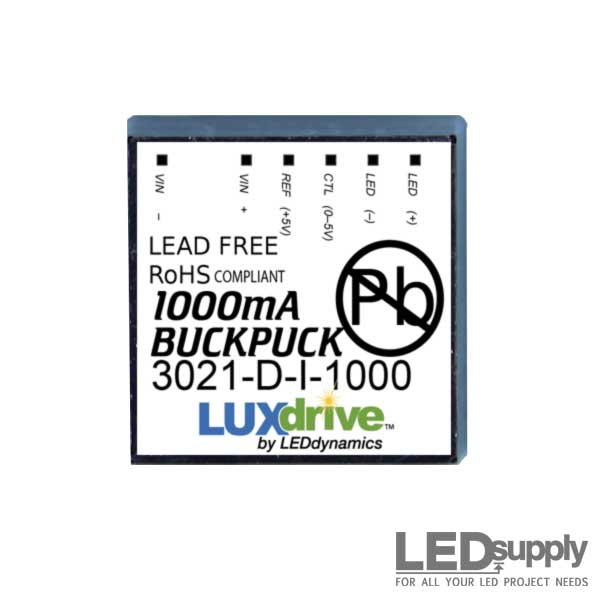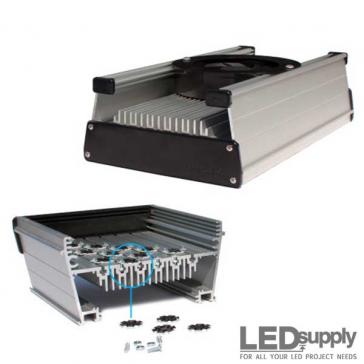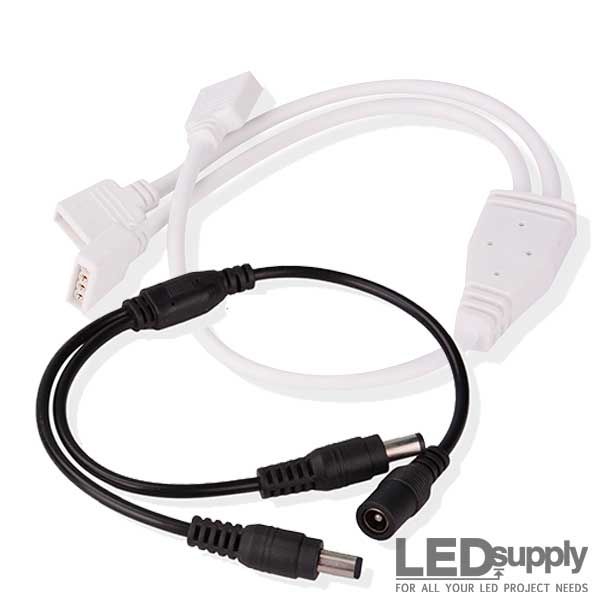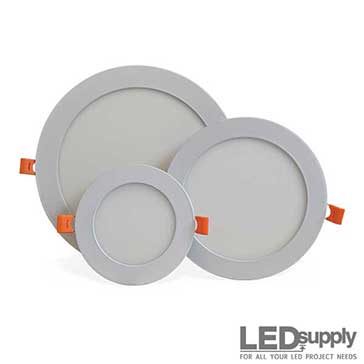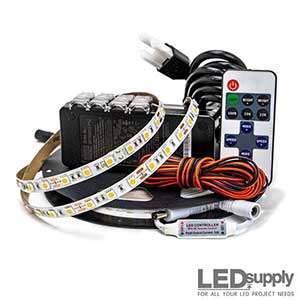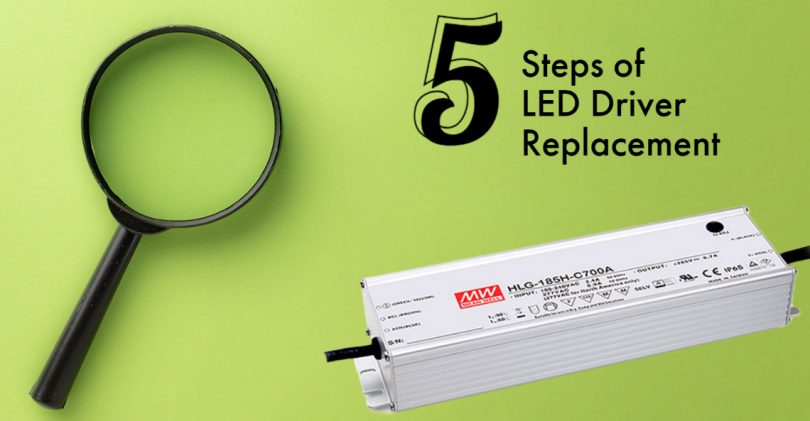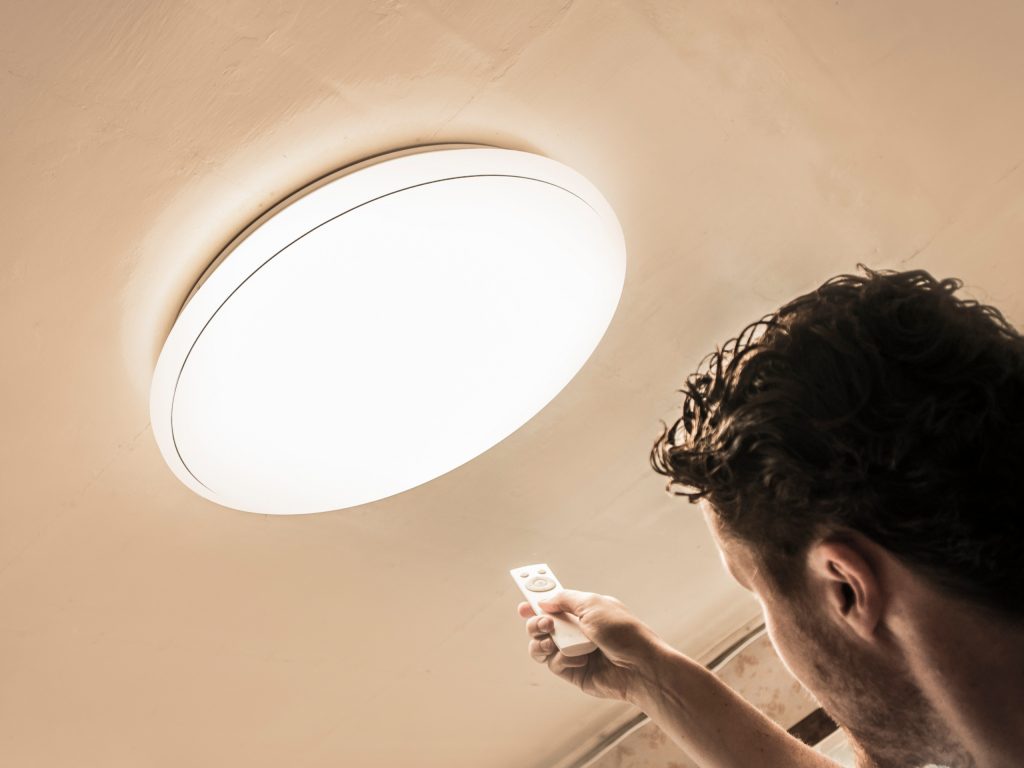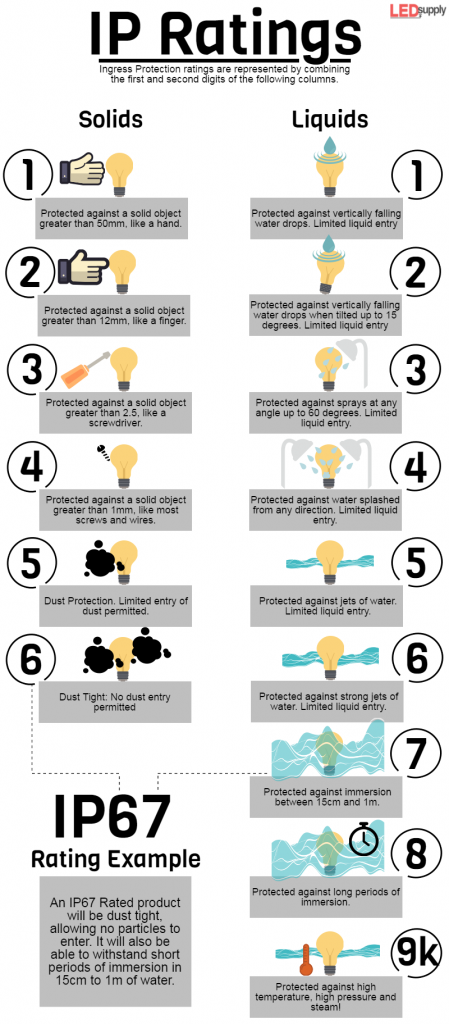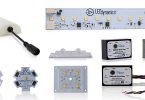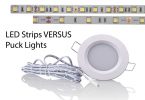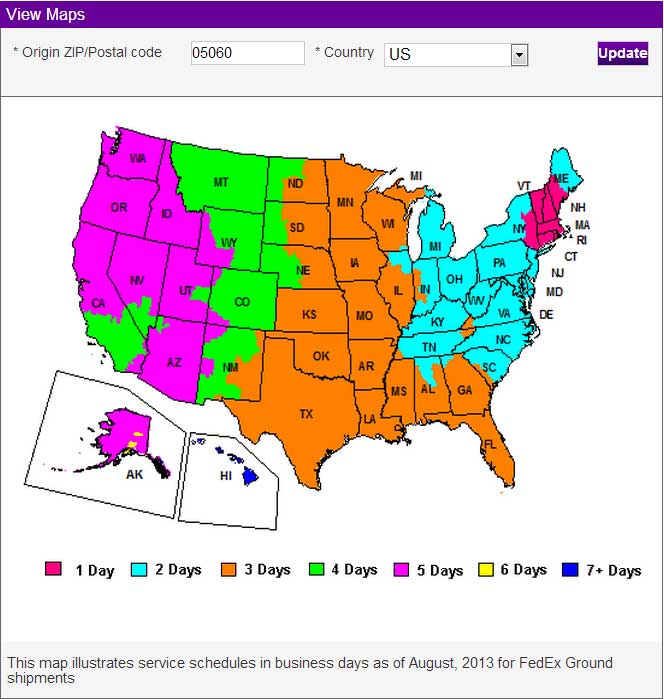LED drivers (also called LED power supplies) provide LEDs with the correct power to light up and perform at their best. If you read our first post on understanding LED drivers and how to choose the right one, you will know that all LEDs require a constant current LED driver. Since LED drivers have much shorter lifespans than the LED(s) or fixtures they are paired with, it is best to start with LED driver replacement when troubleshooting your LED light issues.
LED driver replacement is frustrating but can be made simple by paying attention to the FIVE factors within this post.
How to tell if your LED driver has gone bad
A “bad” or failed LED driver will stop transmitting power, causing your LED array or fixture to go out or fail to turn on the next time you try. Before an LED driver gets to this point, there are several signs to look out for. A failing driver will typically stop operating as it should, which means it stops regulating the power like it used to. The misregulation of power can lead to two significant problems, overdriving and underdriving your LEDs.
Overdriving occurs when the driver sends more power to the LED than it should. This can cause overheating issues, which will burn out your LED quickly if not addressed. The sad fact is that sometimes a failing driver will take your LED with it.
Underdriving, as you would expect, is the opposite. The driver will fail to send enough power to the LEDs, decreasing light output and quality.
Flashing LEDs sometimes indicate an LED driver problem as well. Drivers and light fixtures sometimes have safety precautions that kick in if something isn’t quite right. This often will result in flashing LEDs.
Replacement LED Driver Checklist
Deciding to replace the driver is only half the battle; now, finding a suitable replacement. Take a few moments to get all the correct information before scouring the internet and making calls. When looking for a replacement, the most important factors are listed below.
1. Power Requirements
Input Voltage / Current
First, consider the supply voltage of the original LED driver or fixture. Typically the input voltage will be listed in a range (90-120VAC). Your input voltage must be within this range for the LED driver to operate correctly.
If you cannot find a replacement with the same input range, finding the exact power input will eliminate the issue. In the United States, residential areas typically supply a standard 120 volts. In contrast, commercial and industrial buildings provide 277 volts. If you are unsure about your input voltage, check with an electrician.
Output Voltage / Current
Consider the power mode your original LED driver used in this step: constant voltage or constant current.
Constant Voltage
Constant voltage power supplies will list a single voltage output. Was it a 12-volt driver? Use a 12-volt replacement. Was it a 24-volt driver? Use a 24-volt replacement, etc.
Constant Current
Replacing a constant current LED driver is a little trickier; instead of just caring about voltage output, you also have to care about current output.
Current output is listed in milliamps. Find a replacement driver with the same or similar current output. If you cannot find an exact match, finding one within 100-200 milliamps will usually suffice. PRO TIP: undershoot current rather than overshoot; this will ensure you don’t go over the LEDs maximum current rating while keeping the fixture’s wattage relatively the same.
With constant current drivers, you cannot forget the voltage requirements. After the current milliamp rating, there will be a DC voltage range. Match this range up as close as possible to your original driver.
Max Wattage
Make sure not to ignore wattage here. Your replacement driver should be right around the same wattage as your original. Once in a while, a fixture will have some obnoxious driver that is overkill, but in most cases sticking to the listed wattage will make sure you are safe.
2. Dimming
Did the LED driver have a dimming capability? Did you dim the fixture before it went bad?
Both constant voltage and constant current LED drivers are manufactured with dimming capabilities and are required to specify this. If the specs do not mention dimming, it is safe to assume that the driver or fixture is not dimmable. Dimmable drivers often require an external dimmer or control device specified on the datasheet. Make sure you stick to a driver with the same dimming type.
3. Safety Ratings
IP Ratings
IP ratings show a driver enclosure’s protection from outside environmental factors. Ingress Protection ratings show as a 2-digit number. The first number specifies protection against solid objects (e.g., dust, metal flakes). The second number specifies protection against water elements.
UL Class 2 vs. UL Class 1
We always recommend sticking to the same safety standards as the original.
UL Class 2 drivers comply with UL 1310 Standard for Safety for Class 2 Power Units which requires the output voltage to pose no risk of fire or electric shock, which makes secondary circuit protection unnecessary.
UL Class 1 drivers have output ranges outside UL Class 2 designations. UL Class 1 rated LED drivers are high-voltage output and can accommodate more LEDs, making it more efficient than a Class 2 driver.
4. Physical Size / Dimensions
Size matters! When replacing an old driver, you most likely want the new one to fit, right?
Most LED fixtures are designed around the exact sized driver that went bad. Rarely will you find the exact-sized replacement to fit right in that perfectly designed spot. Yes, this means a little creativity. See how big the area you have to work with is. As long as the above factors match up, the LED driver can dangle freely within the housing and still light up the LED. (It is a good idea to at least secure the new driver with electrical tape.)
5. Efficiency
The last key characteristic to consider when replacing LED drivers is efficiency. This will ensure you are buying a quality LED driver that will operate similarly or even more efficiently than the old one.
Efficiency Percentage
When expressed as a percentage, Efficiency tells you how much input power the driver can use to power the LED. Efficiencies are typically 80-85% for smaller drivers but for larger UL Class 1 drivers, that number can go close to 100%.
Power Factor
Power factor tells you how much of a real power load the driver puts on the electrical network. Power factors range from -1 to 1. The closer the number is to 1, the more efficient the LED driver is. My pro tip would be to stick with quality LED drivers and power supplies with a power factor of 0.9 or above.
LED driver replacement doesn’t have to be complicated. If you have followed the above five steps and are still having trouble, feel free to reach our Technical Support team by calling us or emailing sales@ledsupply.com
Perhaps replacing the LED driver didn’t work? Maybe you know you want to replace the actual LEDs as well? We designed an LED retrofit kit just for people like you. This all-in-one kit comes with a 12-Volt driver, a High-output LED board (made in the USA), and a photocell switch for automated outdoor lights.
